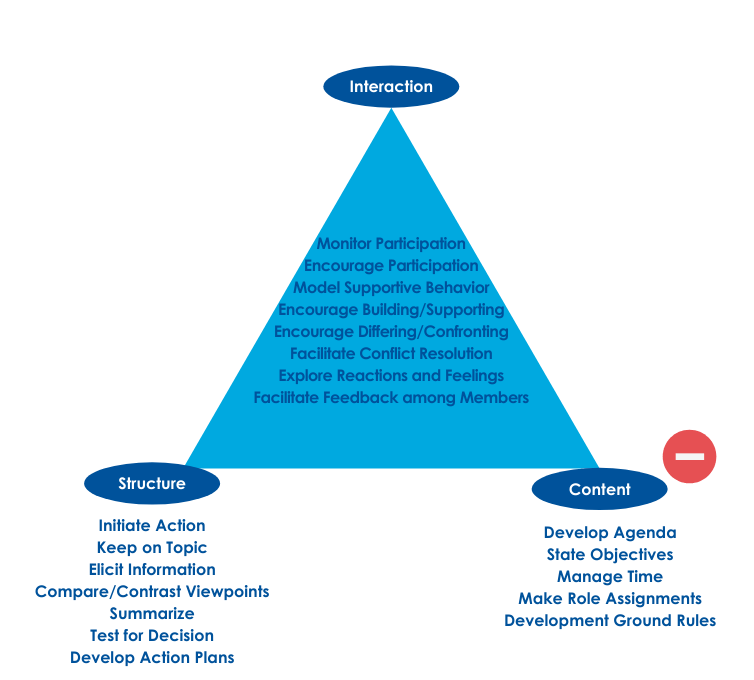Women’s Committee Handbook
The state legislature is divided into the Senate and the House of Representatives. The Senate has 40 members and is led by the Senate President; the House has 120 members and is led by the Speaker of the House. Both leadership positions are elected by the members of the individual chambers.
The work of the legislature is done in its committees. A committee is a group of legislators chosen by the presiding officer to perform specific functions.
The most familiar are standing committees. Standing committees have a continuing authority to consider matters within their subject field, including bills filed by members of the house. The name of the committee usually describes its policy jurisdiction. The House Agriculture Committee is an example of a standing committee.
After a legislator files a bill, the Speaker or President assigns it to committees. The committees can amend the bill, pass the bill, or reject the bill altogether (also known as killing the bill). After the bill is passed by all its committees of reference, it is sent to the full house for a floor vote.
The full house then votes whether to amend it, pass it, or kill it. If a bill is not voted on by the time session ends, it dies automatically. If a legislator wants to pass a bill that died, he must go through the whole process again the next year.
A bill must be passed by both the Senate and the House in order to become law. That means that there must be a House version and a Senate version for each bill and each version must go through the complete process within its chamber. The House bills are given odd numbers; the Senate, even. After legislative passage, the bill is sent to the governor, who has three options: sign it, veto it, or let it become law without a signature. Most bills become law by the third method.
Impacting the Legislative Process
As a Floridian and an active Farm Bureau member, one of your responsibilities is to help elect the legislators who represent you. However, your role in the democratic process does not end at the polls. By sharing your opinions and ideas with your representatives and senators in Tallahassee, you help them decide what to do about the issues and pending legislation that affect us all.
Florida Farm Bureau is active and effective in affecting both elections and the legislative process, and the involvement of members like you is key to Farm Bureau’s success.
Elections
Florida Farm Bureau has established political action committees (PACs) at both the state and federal level that help us work to elect leaders who are friendly to agriculture. Florida FarmPAC is the state level PAC and raises funds through a $2 voluntary contribution that is a part of the membership renewal. FedPAC is the federal PAC and raises funds through direct solicitation of active, non-corporate members.
For both PACs, contributions to candidates begin with requests from County Farm Bureaus. When a County Farm Bureau makes a request, the FFBF board must approve the request before a contribution is made. Many times FFBF staff works with the County Farm Bureaus and the state board to vet the candidates to ensure that they are supportive of Farm Bureau’s legislative goals.
Florida Farm Bureau’s PACs are instrumental in helping elect agriculture-friendly candidates and helping our organization form lasting relationships with elected leaders.
Grassroots efforts by Florida Farm Bureau members are a key part of our legislative success. It is incredibly important for Farm Bureau members to effectively communicate with their elected leaders at the local state and national levels.
Elected officials receive a huge amount of communication from their constituents, lobbyists and others. Unfortunately, their full agendas limit their ability to personally read and respond to it all. How then, can you be sure your voice is heard? Here are some tips to help you get the most impact out of your communications with your elected officials.
General Tips
Know who your elected officials are and how to contact them. If you don’t know who represents you, you can find out by using Farm Bureau’s Legislative Action Center.
Contact your elected officials about a particular issue before the legislature takes action on it. Most matters coming before the legislature are well publicized before session. Keep an eye on your weekly Ag Watch newsletter and The Tallahassee and Washington Reports in the FloridAgriculture magazine for information on our legislative agenda.
Use as personal of a method as you can. Personalized emails, and phone calls are generally more effective than form messages. If you’re able to set up a face-to-face meeting either in the capitol or in their district office, it’s even better.
If you’re e-mailing, please put a clear topic in the subject line, such as “Please Support SB 1712 – Ag Economic Development”. That way your elected official can know at a glance the position you favor.
Tell your elected officials what effect you think a particular bill, if it becomes law, will have on you, your children, business, or community. Be concise, but specific.
Always include where you are from and a bit about yourself to make it personal.
Be polite, even if you disagree strongly with the elected official you are addressing. Lawmakers cannot please everyone. Your communication will be more effective if you are reasonable in your approach.
Offer assistance. Don’t make promises or threats.
Get to know your elected officials and their office staffs. Be willing to work with their aides and establish relationships with them as well as with the lawmakers.
When planning to visit your elected officials, make an appointment. Call or write for an appointment as soon as you know when you are going to be at the capitol.
Plan your call or visit carefully. Keep to the point and don’t wander too far off topic. You’ll have a limited amount of time so organize your thoughts ahead of time and make notes to help you stay on track.
Prepare a one-page fact sheet concerning your issue to give to your legislator. This will help him or her better retain what you present. Ask FFBF staff to assist you. They will typically have this kind of thing prepared for you.
What is FBACT?
The Florida Farm Bureau FBACT grassroots program was established to protect and further agricultural interests through the active participation of Farm Bureau members in government relations activities at the federal, state and local levels.
Advocacy is a powerful – and necessary – tool for implementing Farm Bureau policy at the federal and state levels. Without Farm Bureau grassroots advocates taking action agriculture may not have a voice in Congress. Being an FBACT member means being willing to speak up, speak out and implement your policies. It means being willing to take action and to be “a Voice of Agriculture.” Communicating with lawmakers –through meetings, phone calls, e-mails, etc. – is one major way FBACT members may exercise their constitutional right to speak out.
How does it work?
Farm Bureau members who have provided us with their email address will receive legislative updates and “FBACT Alerts” via e-mail. When an alert is sent, you will be directed to our Legislative Action Center page where you will complete several easy steps and your message will be sent directly to your elected official. Talking points and/or sample letters included in the alerts will help make this process quick, simple and effective.
How do I get involved?
Please visit the Legislative Action Center and sign up to receive email alerts from us. You will stay up to date with the current legislative action at the state and federal level and receive action alerts when they come out.
Questions? Contact our Legislative Affairs team in Tallahassee at 850.222.2557.

